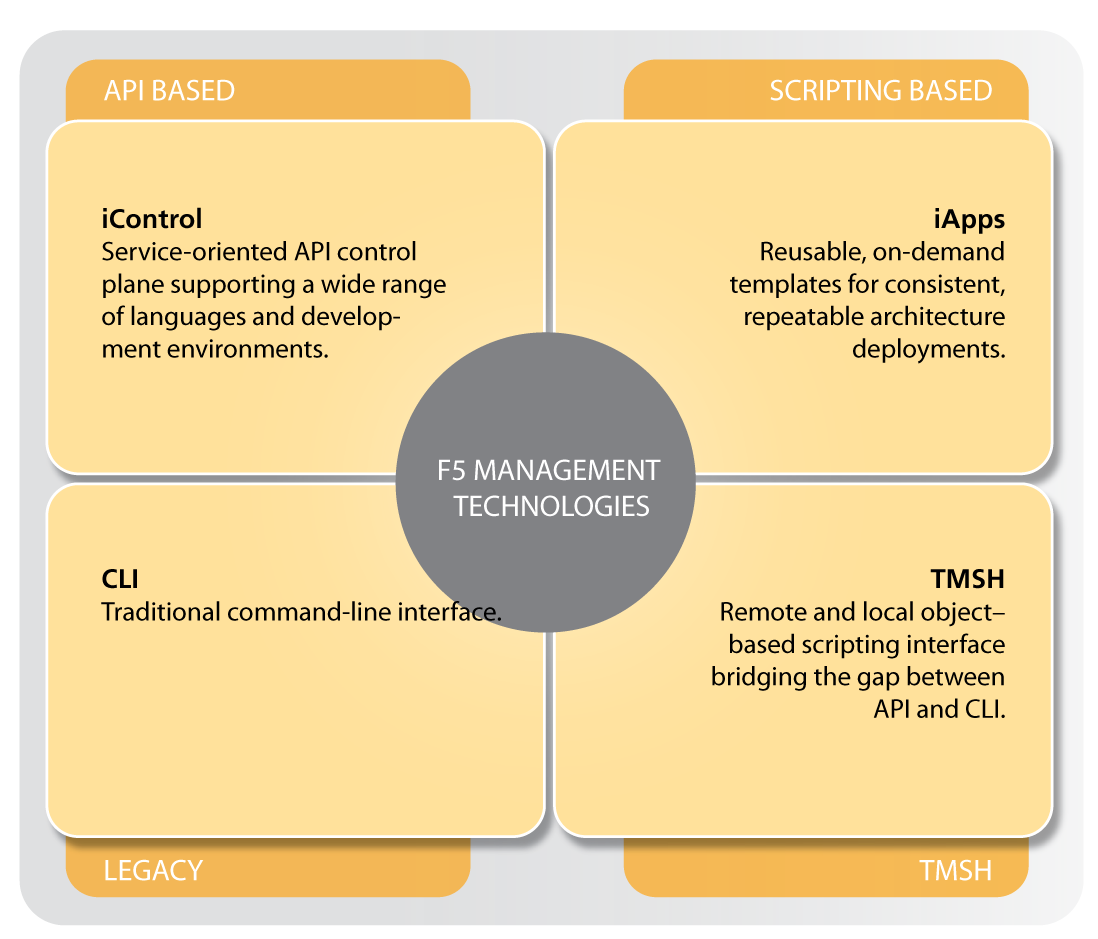F5 L4 Http Rps Comparison


F5 L4 Http Rps Comparison Reviews
- If you’re purchasing new F5 BIG-IP hardware, you’ll be looking at the new and improved iSeries. Check out the iSeries hardware datasheet for a considerable performance increase at the same price point. This is the most recent Hardware Datasheet specifications for the F5 BIG-IP 11000 -11050 – 12250v platform. If you are looking for prices or part numbers, please follow this link.
- 2 Performance Report Letter of Introduction The following performance report from F5 is a comparative and not a competitive report, which is an important distinction. The guiding principles of a comparative report are that it must be accurate, transparent, and reproducible.
Kemp's mission has always been to help customers get the best ROI from their investment in our load balancers. The following information. is intended to compare the price/performance value of Kemp Virtual Load Balancers compared to F5 Networks BIG-IP VE 200M through VE10G and Citrix Systems Netscaler VPX-10 through VPX 3000 Load Balancers.
Free LoadMaster supports Layer4-7 load balancing and intelligent content switching.At Layer 4, a load balancer has visibility on network information such as application ports and protocol (TCP/UDP). The load balancer delivers traffic by combining this limited network information with a load balancing algorithm such as round-robin and by calculating the best destination server based on least connections or server response times.At Layer 7, a load balancer has application awareness and can use this additional application information to make more complex and informed load balancing decisions. With a protocol such as HTTP, a load balancer can uniquely identify client sessions based on cookies and use this information to deliver all a clients requests to the same server. This server persistence using cookies can be based on the server’s cookie or by active cookie injection where a load balancer cookie is inserted into the connection.
Free LoadMaster includes cookie injection as one of many methods of ensuring session persistence.Load balancers can also balance traffic based on the contents of a request. For example, any client request that includes “/images” can be directed to a server optimized for delivery of images thus reducing the load on core application servers. Layer 7 Persistence Methods Server Cookie PersistenceServer Cookie persistence uses server generated cookies to establish the server to send users to. This method is sometimes referred to as “passive cookie”, as the load balancer only observes the cookie in the HTTP stream. Active Cookie PersistenceThe Active Cookie method is a Layer 7 feature that uses cookies generated by the load balancer, not the server. When a connection is established, the load balancer looks for an active cookie and if that cookie is not there, inserts it into the HTTP stream. Existing server and application cookies are not impacted.
Server Cookie with Source IP PersistenceIf the expected server cookies aren’t present (e.g. If a browser is set to refuse cookies), then the source IP address will be used to determine persistence. Active Cookie with Source IP PersistenceIn this case if the expected Active cookies are not present, then the source IP address will be used to determine persistence. Hash All Cookies PersistenceThe ‘Hash All Cookies’ method creates a hash of all cookies in the HTTP stream. This calculated has is used to uniqiely identify client sessions and maintain persistence. Hash All Cookies with Source IP PersistenceHash All Cookies or Source IP is identical to Hash All Cookies, with the additional feature that it will fall back to Source IP persistence in the event that no cookies are in the HTTP string. Source IP Address PersistenceSource IP Address persistence uses the source IP address of the client request to uniquely identify users.
This is the simplest method of persistence, and works for all TCP protocols, including those that are not HTTP related. Half life 3 release date. Source IP addess persistent can fail if multiple clients are coming from the same IP address as would be the case of multiple remote clients being behind a NAT device.
Super HTTPSuper HTTP is the recommended method for achieving persistence for HTTP and HTTPS services with LoadMaster load balancers. It creates a fingerprint based on the combined values of the User-Agent field and, if present, the Authorization header.
Attention, Internet Explorer UserAnnouncement: VMware Communities has discontinued support for Internet Explorer 7 and below.In order to provide the best platform for continued innovation, VMware Communities no longer supports Internet Explorer 7.VMware Communities will not function with this version of Internet Explorer. Please consider upgrading to Internet Explorer 8, 9, or 10, or trying another browser such as Firefox, Safari, or Google Chrome.(Please remember to honor your company's IT policies before installing new software!).